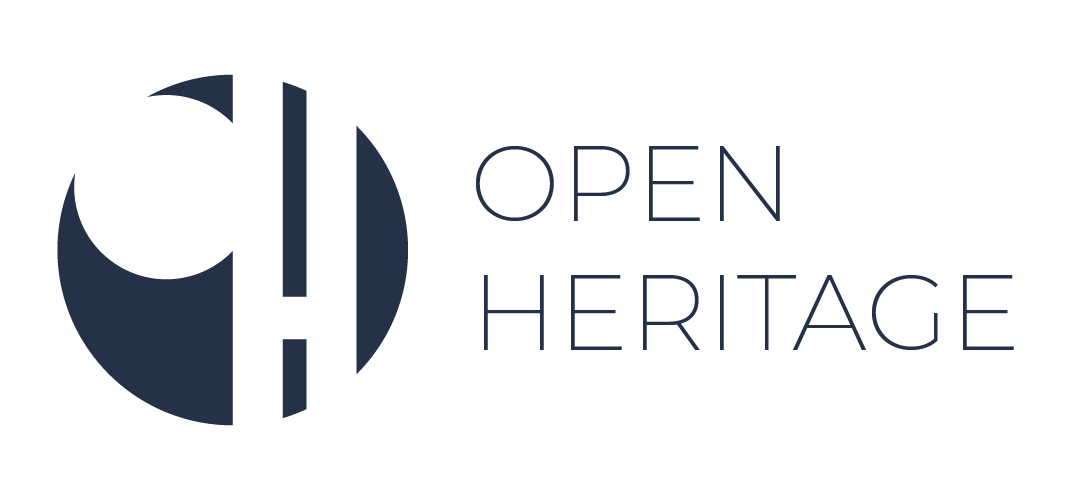The glossary entries are the result of a collaborative process among OpenHeritage consortium partners and have undergone an internal review. However, they only express the perspective of the authors listed under each term, not of all partners. You can find information on the glossary production process and the full glossary here.
Elena De Nictolis
Luiss University, Rome, Italy; edenictolis@luiss.it
Christian Iaione
Luiss University, Rome, Italy; ciaione@luiss.it
Maria Cristina Pangallozzi
Luiss University, Rome, Italy; mpangallozzi@luiss.it
Alessandro Piperno
Luiss University, Rome, Italy; a.piperno@luiss.it
Short definition
The term social and economic disadvantages could imply different sets of meanings. It could refer to the effect of a particular action, such as the disadvantages of decentralization, or the economic and social status of an individual. In the latter case, the social and economic disadvantages are characteristics that influence the ability of the individual to develop determined behaviors. The most important disadvantages are poverty, limited cognitive abilities, lack of social capital. In some cases, individual characteristics which do not necessarily imply a limitation might hamper individual development due to their perception by the environment. Some groups of individuals might experience disadvantages because groups have a predefined perception of these individual characteristics (De Jong 2001) or because of their social and relational context (Boyle 2002). Discrimination is an example, of a social context that transforms neutral individual characteristics such as religion, gender, and skin color, into a disadvantage. Concerning adaptive heritage reuse, these activities might affect the built environment and the socio-cultural life of the inhabitants related to the buildings (Haidar and Talib, 2013), as an example, influencing the individual well-being (Rosenbaum and Mark, 2019).
Key discussions around the term
The discussion on disadvantages has started from a psychological perspective. The role of economic and social disadvantages on the individual development of people has been studied. In particular, the studies have focused on how the disadvantages compromise the ability of people and their well-being (VC McLoyd 1998). Economic and social characteristics could lead to social exclusion and limit the individual participation in key activities of the society in which he or she lives (Conklin 2015). If for psychologists the attention of disadvantages focusses on individuals, the main discussion in social sciences, and not only, concern how economic and social advantages could be best assessed (Lin 2016). Hence, people with socio-economic disadvantages, as groups, are one of the primary targets for public interventions (Fors 2019). Social welfare policy and practices try to understand how to resolve social issues by limiting the perception of disadvantages or trying to remove some of them. Hence, the main goal of public entities is to impact these disadvantages to give all people the same possibilities and opportunities. New possibilities for different actors to be actively involved in improving the social and economic conditions are emerging. As an example, social and community enterprises are becoming central actors in supporting individuals, groups, and territories to solve economic and social issues and supporting their empowerment (Teasdale 2010). However, the assessment of economic and social conditions is difficult as individuals experience simultaneous disadvantages, which could be also from very different life domains. The combinations of disadvantages could create a vicious circle which not only compromises the quality of life but also make it difficult for the individual to manage the challenges of everyday life (Scutella 2009). Hence, the discussion is focusing on understanding how a multidimensional approach can support a more realistic approach to the solution of economic and social disadvantage. An integrated approach to disadvantage would contribute to a more realistic estimate of the overall inequalities and how these could be targeted.
Reference list
Boyle, Micheal H., and Ellen L. Lipman. 2002. “Do places matter? Socioeconomic disadvantage and behavioral problems of children in Canada.” In Journal of Consulting and Clinical Psychology. 70(2): 378.
Conklin, Annalijn I., et al. 2015. “Gender and the double burden of economic and social disadvantages on healthy eating: cross-sectional study of older adults in the EPIC-Norfolk cohort.” BMC Public Health. 15(1): 692.
De Jong, Gordon F., and Anna B. Madamba. 2001.”A double disadvantage? Minority group, immigrant status, and underemployment in the United States.” In Social Science Quarterly. 82(1): 117-130.
Fors, Stefan, Ylva B. Almquist, and Lars Brännström. 2019. “Coexisting Social, Economic, and Health-Related Disadvantages in More than 2.4 Million Swedes: Combining Variable-Centred and Person-Centred Approaches.” In Social Indicators Research. 143(1): 115-132.
Haidar, Laila Ahmed, and Anuar Talib. 2013.”Adaptive reuse in the traditional neighbourhood of the Old City Sana’a-Yemen.” In Procedia-Social and Behavioral Sciences. 105: 811-822.
Kirby, James B., and Toshiko Kaneda. 2005. “Neighborhood socioeconomic disadvantage and access to health care.” In Journal of health and social behavior. 46(1): 15-31.
Li, Hongbo, and Yali Liu. 2016. “Neighborhood socioeconomic disadvantage and urban public green spaces availability: A localized modeling approach to inform land use policy.” In Land Use Policy. 57: 470-478.
McLoyd, Vonnie C. 1998. “Socioeconomic disadvantage and child development.” In American psychologist. 53(2): 185.
Rosenbaum, Mark S., et al. 2019. “Improving well-being via adaptive reuse: transformative repurposed service organizations.” In The Service Industries Journal, 1-25.
Scutella, Rosanna, Roger Wilkins, and Michael Horn. 2009. Measuring poverty and social exclusion in Australia: A proposed multidimensional framework for identifying socio-economic disadvantage. No. wp2009n04. Melbourne Institute of Applied Economic and Social Research, The University of Melbourne.
Teasdale, Simon. 2010. “How can social enterprise address disadvantage? Evidence from an inner city community.” In Journal of Nonprofit & Public Sector Marketing. 22(2): 89-107.
